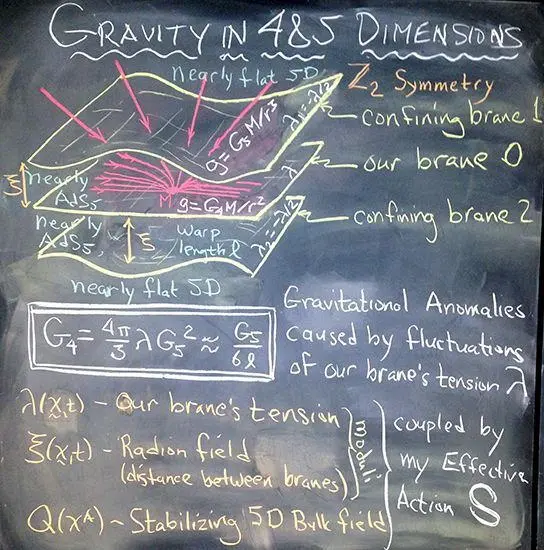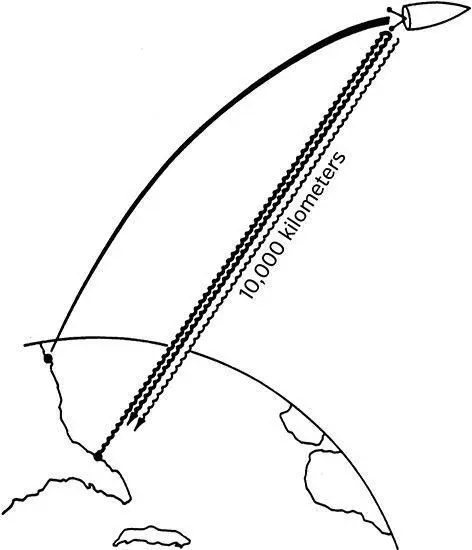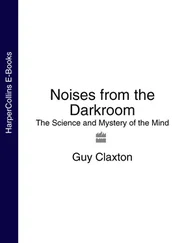
Fig. 3.4. Burning blighted corn. [From Interstellar , used courtesy of Warner Bros. Entertainment Inc.]
The gravitational anomalies that occur in Interstellar (Chapters 24 and 25), for example, the coin Cooper tosses that suddenly plunges to the floor, are speculations . So is harnessing the anomalies to lift colonies off Earth (Chapter 31).
Although experimental physicists when measuring gravity have searched hard for anomalies—behaviors that cannot be explained by the Newtonian or relativistic laws—no convincing gravitational anomalies have ever been seen on Earth.
However, it seems likely from the quest to understand quantum gravity that our universe is a membrane (physicists call it a “brane”) residing in a higher-dimensional “hyperspace” to which physicists give the name “bulk”; see Figure 3.5 and Chapters 4 and 21. When physicists carry Einstein’s relativistic laws into this bulk, as Professor Brand does on the blackboard in his office (Figure 3.6), they discover the possibility of gravitational anomalies—anomalies triggered by physical fields that reside in the bulk.
We are far from sure that the bulk really exists. And it is only an educated guess that, if the bulk does exist, Einstein’s laws reign there. And we have no idea whether the bulk, if it exists, contains fields that can generate gravitational anomalies, and if so, whether those anomalies can be harnessed. The anomalies and their harnessing are a rather extreme speculation. But they are a speculation based on science that I and some of my physicist friends are happy to entertain—at least late at night over beer. So they fall within the guidelines I advocated for Interstellar: “Speculations… will spring from real science, from ideas that at least some ‘respectable’ scientists regard as possible” (Chapter 1).

Fig. 3.5. Our universe, in the vicinity of the Sun, depicted as a two-dimensional surface or brane, residing in a three-dimensional bulk. In reality, our brane has three space dimensions and the bulk has four. This figure is explained further in Chapter 4; see especially Figure 4.4.

Fig. 3.6. Relativity equations on Professor Brand’s blackboard, describing possible foundations for gravitational anomalies. For details see Chapter 25.
Throughout this book, when discussing the science of Interstellar , I explain the status of that science—truth, educated guess, or speculation—and I label it so at the beginning of a chapter or section with a symbol:
 for truth
for truth
 for educated guess
for educated guess
 for speculation
for speculation
Of course, the status of an idea—truth, educated guess, or speculation—can change; and you’ll meet such changes occasionally in the movie and in this book. For Cooper, the bulk is an educated guess that becomes a truth when he goes there in the tesseract (Chapter 29); and the laws of quantum gravity are a speculation until TARS extracts them from inside a black hole so for Cooper and Murph they become truth (Chapters 28 and 30).
For nineteenth-century physicists, Newton’s inverse square law for gravity was an absolute truth. But around 1890 it was revolutionarily upended by a tiny observed anomaly in the orbit of Mercury around the Sun (Chapter 24). Newton’s law is very nearly correct in our solar system, but not quite. This anomaly helped pave the way for Einstein’s twentieth-century relativistic laws, which—in the realm of strong gravity—began as speculation, became an educated guess when observational data started rolling in, and by 1980, with ever-improving observations, evolved into truth (Chapter 4).
Revolutions that upend established scientific truth are exceedingly rare. But when they happen, they can have profound effects on science and technology.
Can you identify in your own life speculations that became educated guesses and then truth? Have you ever seen your established truths upended, with a resulting revolution in your life?
4
Warped Time and Space, and Tidal Gravity

Einstein’s Law of Time Warps
Einstein struggled to understand gravity on and off from 1907 onward. Finally in 1912 he had a brilliant inspiration. Time, he realized, must be warped by the masses of heavy bodies such as the Earth or a black hole, and that warping is responsible for gravity. He embodied this insight in what I like to call “Einstein’s law of time warps,” a precise mathematical formula [8] See Some Technical Notes at the end of this book.
that I describe qualitatively this way: Everything likes to live where it will age the most slowly, and gravity pulls it there .
The greater the slowing of time, the stronger gravity’s pull. On Earth, where time is slowed by only a few microseconds per day, gravity’s pull is modest. On the surface of a neutron star, where time is slowed by a few hours per day, gravity’s pull is enormous. At the surface of a black hole, time is slowed to a halt, whence gravity’s pull is so humungous that nothing can escape, not even light.
This slowing of time near a black hole plays a major role in Interstellar . Cooper despairs of ever seeing his daughter Murph again, when his travel near Gargantua causes him to age only a few hours while Murph, on Earth, is aging eight decades.
Human technology was too puny to test Einstein’s law until nearly half a century after he formulated it. The first good test came in 1959 when Bob Pound and Glen Rebca used a new technique called the Mössbauer effect to compare the rate of flow of time in the basement of a 73-foot tower at Harvard University with time in the tower’s penthouse. Their experiment was exquisitely accurate: good enough to detect differences of 0.0000000000016 seconds (1.6 trillionths of a second) in one day. Remarkably, they found a difference 130 times larger than this accuracy and in excellent agreement with Einstein’s law: Time flows more slowly in the basement than in the penthouse by 210-trillionths of a second each day.
The accuracy improved in 1976, when Robert Vessot of Harvard flew an atomic clock on a NASA rocket to a 10,000-kilometer height, and used radio signals to compare its ticking rate with clocks on the ground (Figure 4.1). Vessot found that time on the ground flows more slowly than at a height of 10,000 kilometers by about 30 microseconds (0.00003 seconds) in one day, and his measurement agreed with Einstein’s law of time warps to within his experimental accuracy. That accuracy (the uncertainty in Vessot’s measurement) was seven parts in a hundred thousand: 0.00007 of 30 microseconds in a day.

Fig. 4.1. Atomic clocks measure slowing of time on Earth. [Reproduced from Was Einstein Right? Putting General Relativity to the Test , by Clifford M. Will (Basic Books, 1993).]
The global positioning system (GPS), by which our smart phones can tell us where we are to 10 meters’ accuracy, relies on radio signals from a set of 27 satellites at a height of 20,000 kilometers (Figure 4.2). Typically only four to twelve satellites can be seen at once from any location on Earth. Each radio signal from a viewable satellite tells the smart phone where the satellite is located and the time the signal was transmitted. The smart phone measures the signal’s arrival time and compares it with its transmission time to learn how far the signal traveled—the distance between satellite and phone. Knowing the locations and distances to several satellites, the smart phone can triangulate to learn its own location.
Читать дальше




 for truth
for truth for educated guess
for educated guess for speculation
for speculation











